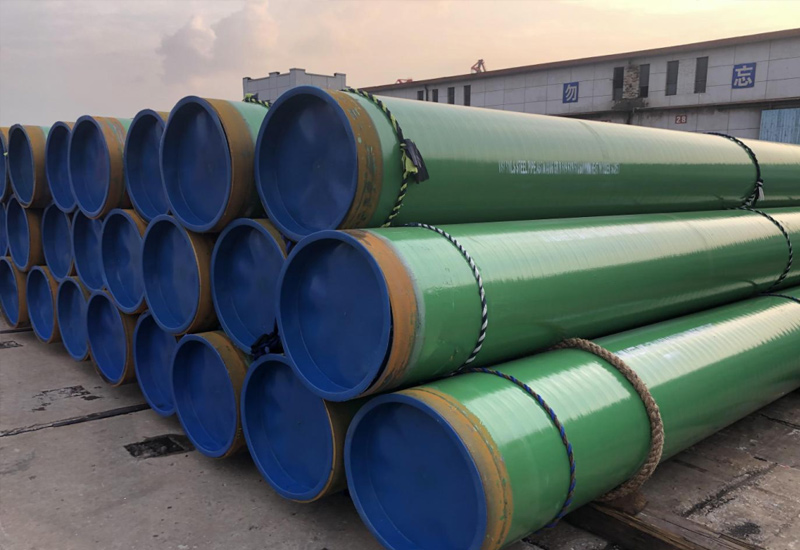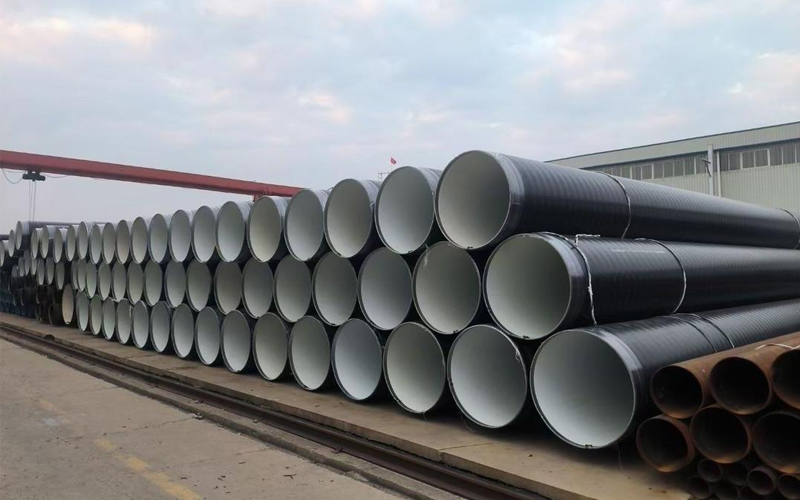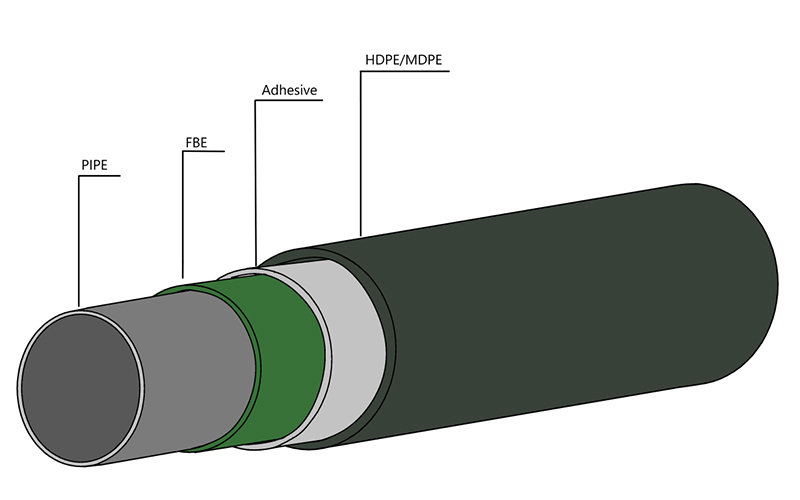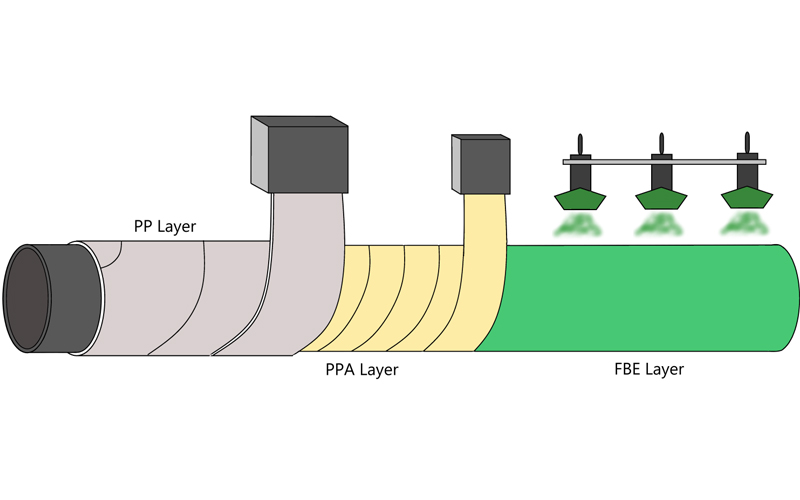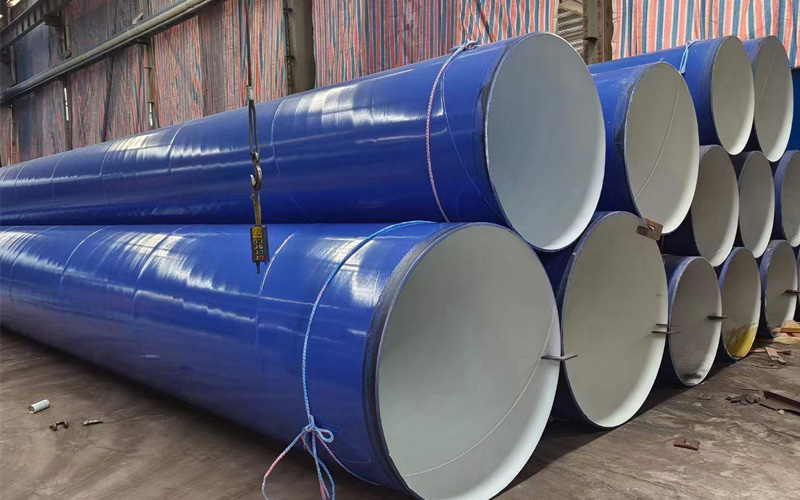JCOE Process: A Technical Deep Dive into LSAW Pipe Forming
An engineer is designing a subsea structure requiring a small batch of large-diameter, heavy-wall pipes with a specific, non-standard diameter. The project cannot justify the high tooling costs or massive minimum order quantities associated with continuous, high-speed production lines. The challenge is to find a manufacturing process that offers precision and quality combined with the flexibility to handle custom specifications efficiently.
The answer to the engineering question is based on the functionalities of incremental forming processes. Different from production techniques best suited to mass manufacture of a single size, a gradual forming technique has the flexibility to do custom work. The JCOE scheme exemplifies this state-of-the-art and extremely versatile manufacturing route for the fabrication of premium quality LSAW pipes.
In the following article, the JCOE forming process will be explained in depth and stepwise. We will discuss the transformation of the flat steel plate into a high precision pipe and conduct a quantitative assessment of the process capabilities. This should provide a lucid rationale as to when the flexible production approach is the better engineering and commercial solution.
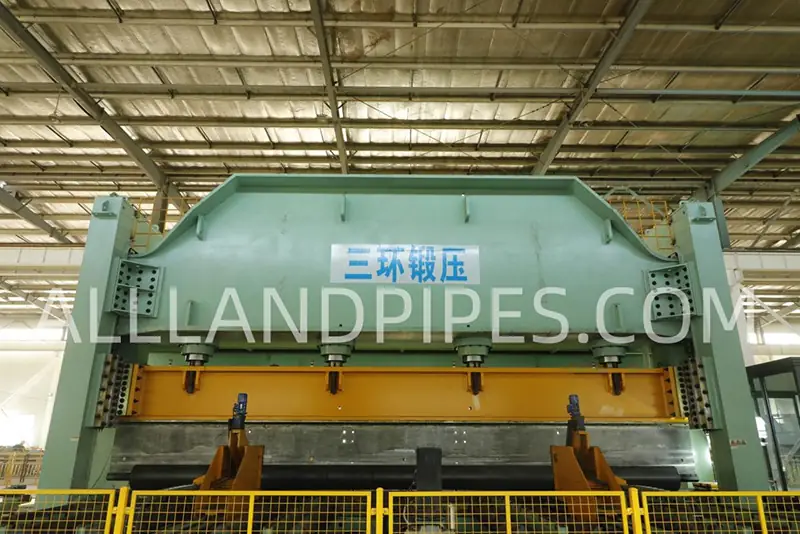
The JCOE Process: An Incremental Forming Sequence
JCOE describes the four phases of production betweenʼJ-ing`, C-ing`, O-ing… and Expansion in four letters. It is appreciated because it can be applied for manufacturing diverse types of pipes, even with very thick wall sections.
1. Preparation of the Plate
Starting with a flat steel plate, the process is subjected to numerous inspections. The plate is then transferred to an edge milling machine that plan both longitudinal edges of the plate to the accurate geometry needed for premium submerged arc welding. This is the point where a good weld seam be secured in a solid manner later on.
2. The “J Stage”: J -ing Press
The J-ing button in the press is where the prepared plate is placed. A tool comes down and pushes up on one side of the plate, creating an initial radius with a “J” curve near one edge. This is the initial bending operation in forming the plate into a cylinder.
3. The “C” Stage: C-ing Press
Then, the J-form plate is brought into the C-ing press. Rather than a one-stroke forming press, the C-ing press is used gradually. In a process reminiscent of automatic forging, a set of forming dies torques alternatively the plate in regular intervals, bending it step wise across the whole width. With each beat, the plate is shifted ahead and turned a little bit until it’s gradually shaped into an open-seam pipe with a “C” curve. It’s this fact that enables the step by step procedure to give the JCOE method a Flexibility considered second to none.
4. The “O” Stage: O-ing Press & Welding
The U-shaped pipe is then placed into the O-ing Press, a closing press which closes the open seam by applying equal pressure along the entire length of it, creating a closed, circular “O” form. The two machined edges are then matched with high precision. The pipe is tack welded to take its shape prior to internal/external submerged arc welding (SAW) passes at welding stations.
5. The “E” Stage: Expanding
After welding and inspection, the pipe is brought into the final sizing stage by mechanical or hydraulic expansion. This is an important step which expands the tube from inside making its diameter and circularity in comlete line with our customer’s requirements.This process also removes internal stresses induced during the forming process resulting in improved mechanical properties and dimensional stability of pipe.
Quantitative Analysis: JCOE vs. UOE Process
| Feature | JCOE Process | UOE Process | Quantifiable Metric / Rationale |
| Diameter Flexibility | High (Adaptable Tooling) | Limited (Process-Specific Tooling) | JCOE is ideal for varied and small orders as the incremental C-press can be adjusted for different diameters more easily. |
| Capital Investment | High | Very High | The presses for the JCOE process are generally less specialized and costly than the massive, dedicated U- and O-presses. |
| Production Speed | Moderate, Batch-Oriented | High, Continuous Flow | The step-by-step nature of JCOE forming is slower than the single-stroke U- and O-presses used in the UOE process. |
| Tooling Changeover Time | Lower | Higher | Adapting a JCOE line for a new pipe diameter is significantly faster and less costly than re-tooling a UOE line. |
The JCOE process is a highly versatile incremental forming technique, suitable for LSAW pipe diameters over a wide range, in particular small batch or special orders. Its main advantage is its flexibility in this sense: non standard sizes can be efficiently produced, without the high cost of tooling that other methods require.
A process selection should be driven by the requirements of an application.
· Select a JCOE process supplier if: high flexibility in pipe diameters is required, non-standard specifications are involved, or order quantities are small enough to make the high tooling cost of other methods prohibitive.
· You should probably look to a UOE-process producer if: your biggest consideration is mass producing one pipe size standardised as much as possible and as fast as possible.
Knowing the capabilities of different manufacturing processes is key to maximizing the results of your project. Our knowledge of multiple techniques, including the flexible JCOE process, allows us to genuinely tailor our approach to you.We identify the appropriate technology for your unique engineering needs and purchasing approach, and deliver a solution that not only meets your quality requirements, but is also smart and cost effective.
Get Your Custom Steel Pipe Quote Today!
Provide us with your project details (like application, specifications, quantity). Our experienced team will respond with a tailored solution and competitive quote within 24 business hours.
Related Articles
ASTM A53 vs. API 5L: A Guide to Selection and Application
Introduction:Technology differences determine success or failure, and selection needs to be “precise”
Steel Density Analysis: Core Differences between Mild and Medium Carbon Steels and Industrial Applications
3LPE coated steel pipe: a solid barrier in the field of industrial corrosion protection
3LPP coated pipe: anti-corrosion guard in high temperature and high pressure environment
FBE steel pipe: the technological armor of the steel defense line
HOT TAGS
latest posts
- 3LPE coated steel pipe: a solid barrier in the field of industrial corrosion protection
- Breakthrough of spiral welded pipe technology: How does SSAW steel pipe conquer the water supply project in rugged mountain areas of South America?
- What is offshore pipeline and its Applications in offshore oil and gas development
- 3PP Coating for High-Temp Pipe Corrosion | Case Study
- A Guide to ISO 21809: 3LPE & FBE Pipe Coating Standards




